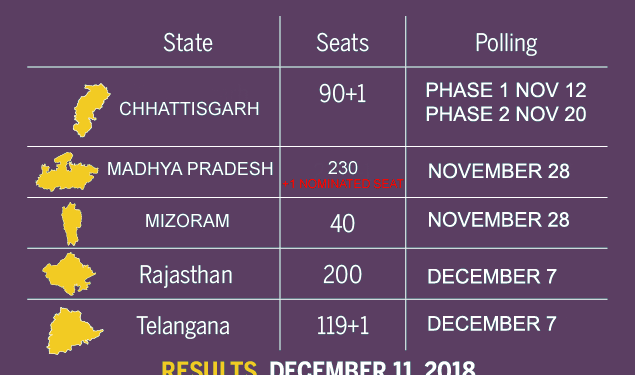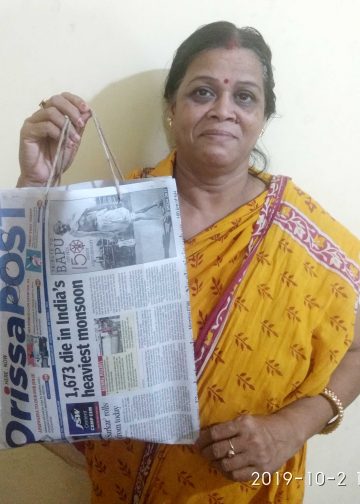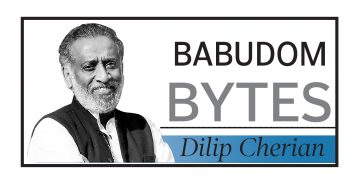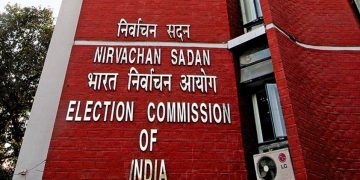With five states set on the road to assembly polls, the stakes are high for the ruling BJP and for the Congress, which is hoping to ride the crest of an anti-incumbency wave, in Rajasthan, Madhya Pradesh and Chhattisgarh. Congress-ruled Mizoram is likely to witness a heated contest this time, while Telangana does not have a strong opposition to effectively take on popular chief minister K Chandrashekar Rao or his ruling Telangana Rashtra Samithi. The results expected on December 11 from all five states are eagerly awaited as the present round of state assembly polls are seen as a semi-final for the bigger fight in waiting – 2019 Lok Sabha polls.
Notably, the electoral moods in Madhya Pradesh, Rajasthan, Chhattisgarh, Telangana and Mizoram will get reflected in the current round of assembly polls. Collectively, the outcome could give clear hints about the preferences of the voters, who will, in the near future be called upon to elect a new government at the Centre. The bets are steep for Prime Minister Narendra Modi and the ruling BJP in Delhi as well.
Indications so far have been that the ruling BJP in Rajasthan is not measuring up to people’s expectations. This was evident in the series of by-elections held in the state for the assembly as also the Lok Sabha, with BJP being mostly the loser, poll after poll. The promise of free electricity to over 12 lakh farmers in the state, made by chief minister Vasundhara Raje at the culmination of her Gaurav Rally shortly before the virtual end of her five-year-term, showed the desperation on her part to retain power at any cost. What she could not do all through her term in office is now coming as a promise for the future. It is likely that the farmers as a whole would take this with a pinch of political salt.
In Madhya Pradesh, the BJP has been ruling the state for three consecutive terms, and anti-incumbency factor could be high also for the reason that the performance of the present government has been lacklustre. The Congress, always a divided house in that state, has surprisingly changed its style in recent weeks and is putting up a façade of unity. It is trying to put its best foot forward. The optimism on the part of the Congress is best reflected in the rebuff it gave to Mayawati who sought a large number of seats to have her party, the BSP, join the Congress alliance to fight the state polls. The rebuff has come as a great relief to the BJP, as the Opposition votes could stay divided.
In Telangana, chief minister K Chandrasekhar Rao seems to be in a lead position, if the groundswell of support he enjoys in the state is any indication. Both the BJP and the Congress do not claim a large support base in that state. The reason Rao thought it fit to dissolve the assembly and call for fresh polls months before his term ended is that he could be assured of another term in office.
The scenario might favour the BJP in Chhattisgarh, as no major Opposition offensive is building up as yet. Between now and the polling date, there could be a change in the people’s mood. So with Mizoram, where the Congress is the ruling party. The BJP and the local political outfits might collectively take on the Congress. Given the mercurial nature of politics in the North-East, all that can be anticipated is the BJP could use its power at the Centre to influence voters, as it did in other elections in the region.
The results of 11 December 2018 shall definitely be a game changer for the next five years or maybe even longer in Indian politics.
Bleeding Talent
Syed Ali Murtaza Rizvi’s decision to hang up his boots eight years ahead of time has clearly rattled the Telangana...
Read moreDetails





































